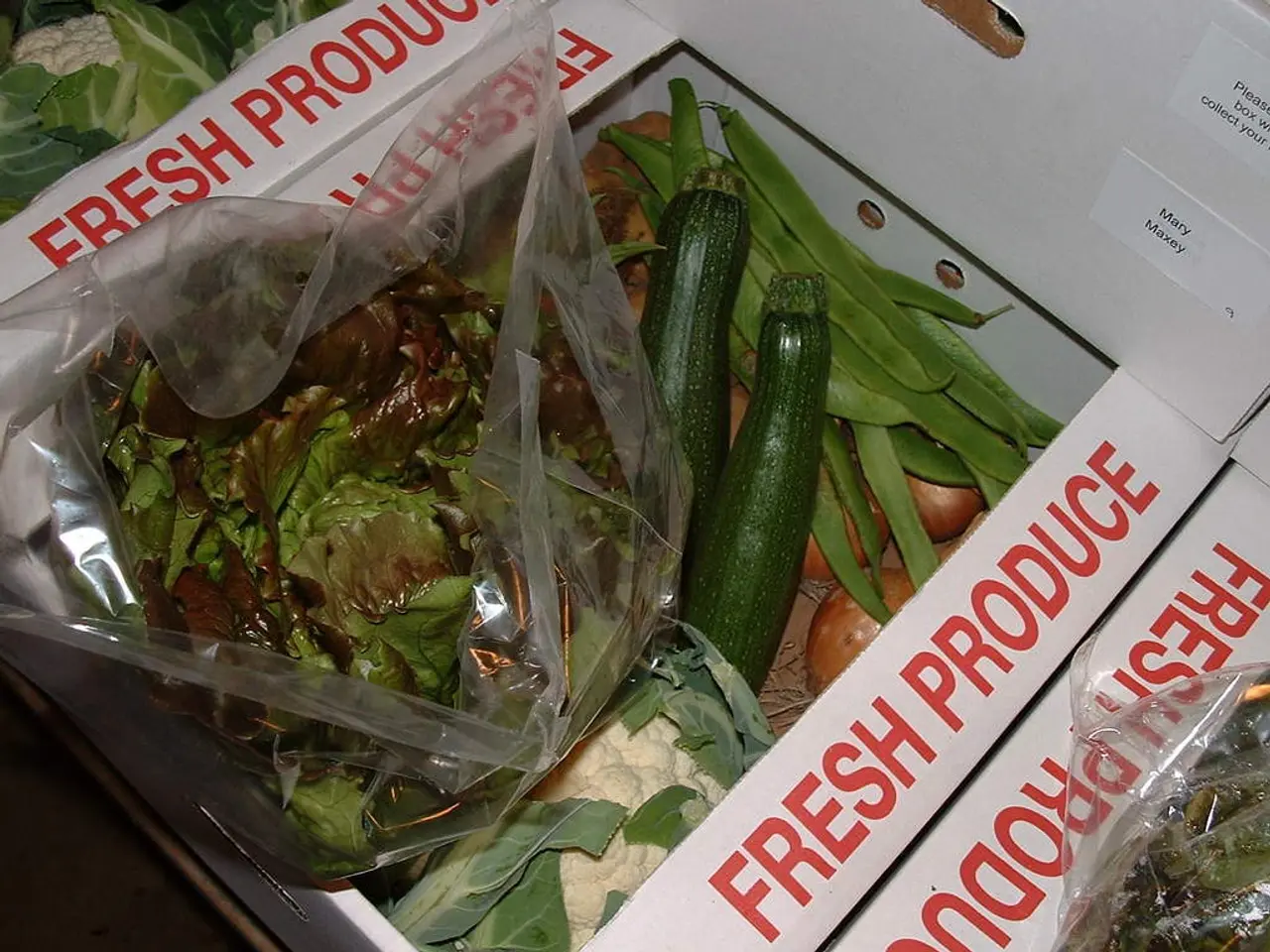Extend Your Garden's Life Span with 7 Cool-Weather Vegetables to Plant in September
September marks the beginning of cooler days, and for gardeners, it's a perfect time to plant a variety of vegetables that thrive in the fall's milder temperatures. Here's a guide to the cool-weather vegetables you can grow this month.
## Cool-Weather Vegetables
### Leafy Greens
Lettuce, spinach, and kale are just a few of the leafy greens that love the cooler weather. Quick-maturing lettuce varieties like loose-leaf, romaine, or butterhead are perfect for September, taking 30 to 45 days to mature. Spinach, another cold-hardy staple, can handle light frosts and can be planted in early to mid-September. Kale, another cold-weather favourite, grows well in the fall.
### Root Vegetables
Carrots and beets are root vegetables that continue to grow well into the fall. Carrots can become sweeter after a light frost, while beets prefer temperatures between 50°F and 75°F (10°C – 23°C).
### Brassicas
Cabbage, broccoli, and Brussels sprouts are part of the Brassica family. While cabbage and broccoli can be planted in September in cooler climates for a fall harvest, Brussels sprouts, which take longer to mature, might be too late for most zones unless you have a warm winter.
### Other Vegetables
Garlic and parsnips are two other vegetables that can be planted in September. Garlic is cold-hardy and can overwinter, while parsnips, although they take longer to mature, can be planted in early September if the growing season is long enough.
## Planting Tips
- Fava beans should be sown in fertile, well-draining soil and kept consistently moist but not waterlogged. They are hardy and frost-tolerant, able to endure cold snaps as low as -10°C (14°F). - Onions can be planted from September until November for harvesting in early summer. They will rot in waterlogged soil, so they must be overwintered in free-draining soil, dug over, and enriched with compost prior to planting. - Asian greens such as bok choy, napa cabbage, komatsuma, mibuna, and mizuna mustard greens can be planted in September. Sow seed into fertile, well-draining soil in a sunny spot for Asian greens and keep the site weed-free and consistently moist. - Collard greens can be planted in September for a winter harvest. They can handle temperatures as low as 10°F to 15°F (-12°C to -9°C) without protection. - Peas, such as Meteor or Douce Provence, can be grown outdoors over winter to yield an early spring crop.
## Harvesting and Care
- Harvest onions once the tops start to fall over and turn brown. - Cauliflower needs to be protected from frosts by growing it in a greenhouse or cold frame. It thrives in well-draining soil rich in organic matter, with a pH between 6.0 and 7.0. Cauliflower should be kept consistently moist for optimal growth, and it benefits from blanching to improve the flavour and appearance. Harvest 1-3 weeks after blanching, once the head is full but has not started to separate, and measures 6-12 inches (15-31cm) in diameter. - Brussels sprouts require well-draining, fertile soil rich in calcium and a pH around 5.5 to 6.8. They should be staked, which is best added at the planting stage. Brussels sprouts can be planted in the fall for a late winter or spring harvest in milder climates.
September offers a unique opportunity to extend the growing season and enjoy a bountiful harvest of cool-weather vegetables throughout the fall and winter months. Happy gardening!
As the cooler days of September arrive, home-and-garden enthusiasts can embrace gardening once again by planting a selection of cool-weather vegetables. Among these are leafy greens like lettuce, spinach, and kale, root vegetables such as carrots and beets, Brassica family members such as cabbage, broccoli, and Brussels sprouts, as well as other vegetables like garlic and parsnips. By adhering to the planting tips for these veggies, cultivating a thriving home-and-garden lifestyle and enhancing your lifestyle with fresh produce straight from your home-and-garden becomes a reality in the autumn season.




